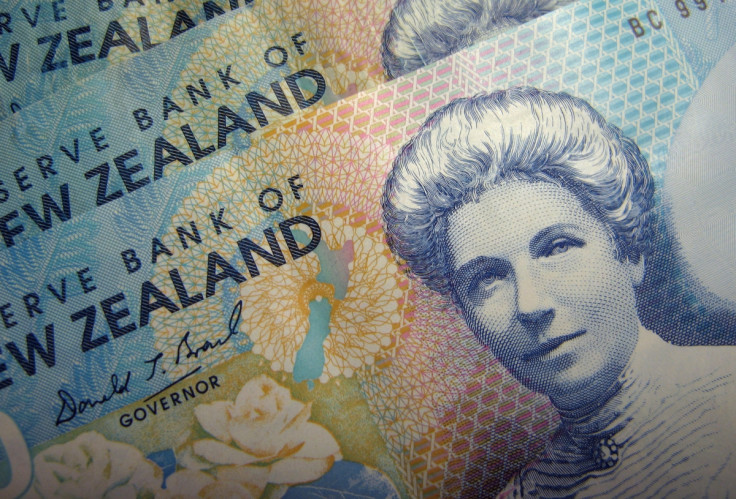New Zealand Dollar Falls to Two-Month Lows vs Greenback and Yen after Employment Data

The New Zealand Dollar dropped to two-month lows versus the greenback and the Japanese yen on Wednesday as data showed the number of employed in the country increased less than expected in the second quarter.
New Zealand unemployment rate had fallen to a more than five-year low in the June quarter but that didn't help the kiwi dollar against the US currency, which was strengthened by a better than expected ISM services data overnight.
The kiwi dollar is now trading a shade away from an eight-month low against the Australian dollar and a five-month low versus the US dollar.
The employment change fell to 0.4% in the June quarter, a one-year low, from 0.9% in the first quarter, compared to analysts' expectations of 0.8%.
The US ISM non-manufacturing index had risen to 58.7 in July, its highest since March 2011, data showed Tuesday. It compares with 56.0 in the previous month and street expectations of 56.3.
The dollar had strengthened across the board on the data. The USD index, the gauge that measures the greenback' strength against a basket of currencies on a trade-weighted basis, rose to an eleven-month high of 81.65.
The New Zealand unemployment rate came in at 5.6%, its lowest since 2009 first quarter, down from 5.9%, and beating the market consensus of 5.8%.
New Zealand's unemployment rate has been on a downtrend after topping out at 7.3% in 2012 third quarter.
"We continue to see more people move into employment and although the participation rate has dropped from a peak last quarter, it is still at an historically high level," labour market and households statistics manager Diane Ramsay said in the official statement.
According to the statement, annual wage inflation, as measured by the labour cost index, salary and wage rates increased 1.7% compared with annual consumer price inflation of 1.6%. Average ordinary time hourly earnings rose 2.5% over the year.
NZD/USD fell to 0.8423, its lowest since 5 June, and compared to the June low of 0.8401. A level below that will be its lowest since 5 March.
NZD/JPY dropped to 86.73, its lowest since 5 June, and not far away from the 29 May low of 85.85, a break below which will mean a five-month low for the cross.
AUD/NZD rallied to 1.1040 from the previous close of 1.0940, and with another 10 pips, the cross will move beyond the 29 July peak to an eight-month high.
Electronic card retail sales, REINZ house price index, Business NZ PMI and trade balance for July, retail sales for the second quarter, and the August ANZ business confidence are the upcoming data releases from New Zealand this month.
The Reserve Bank of New Zealand had increased the main lending rate to 3.5% from 3.25% in its policy review on 23 July but the statement had highlighted concerns about the health of recovery and hinted that the central bank will wait for some time before another hike.
And today's data was indeed not strong enough to shift the regulator towards the hawkish side.
© Copyright IBTimes 2024. All rights reserved.






